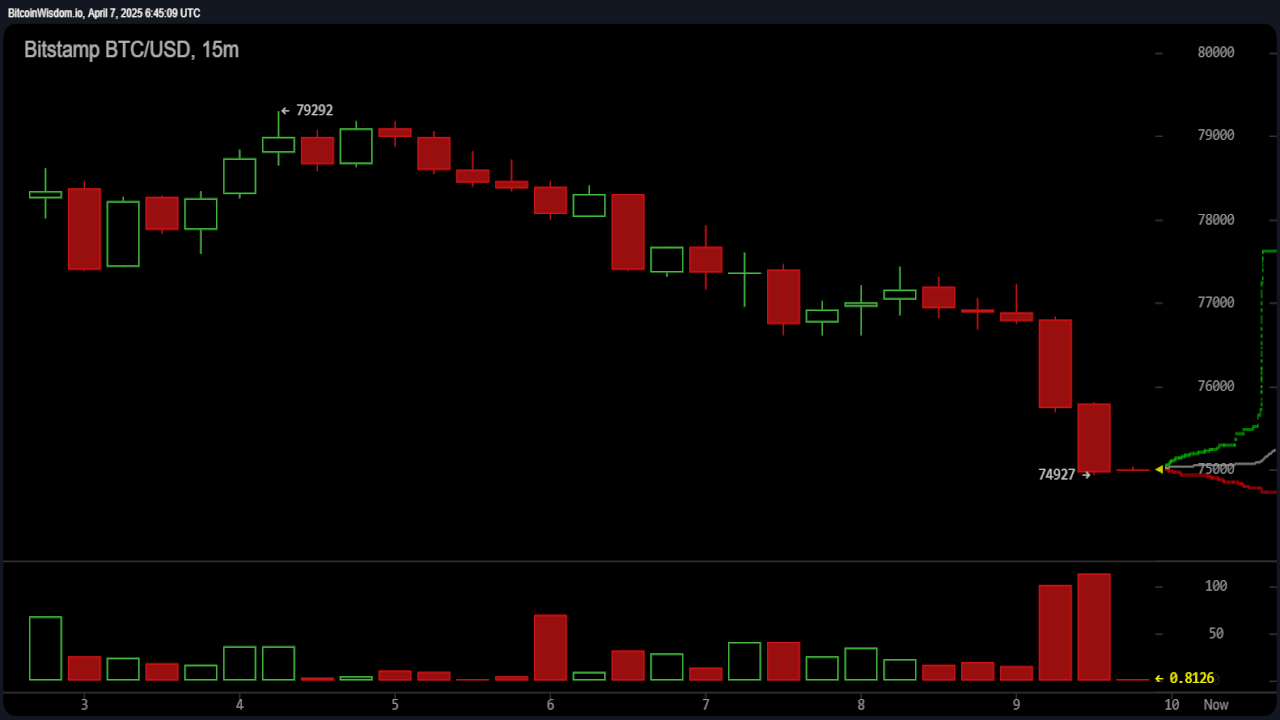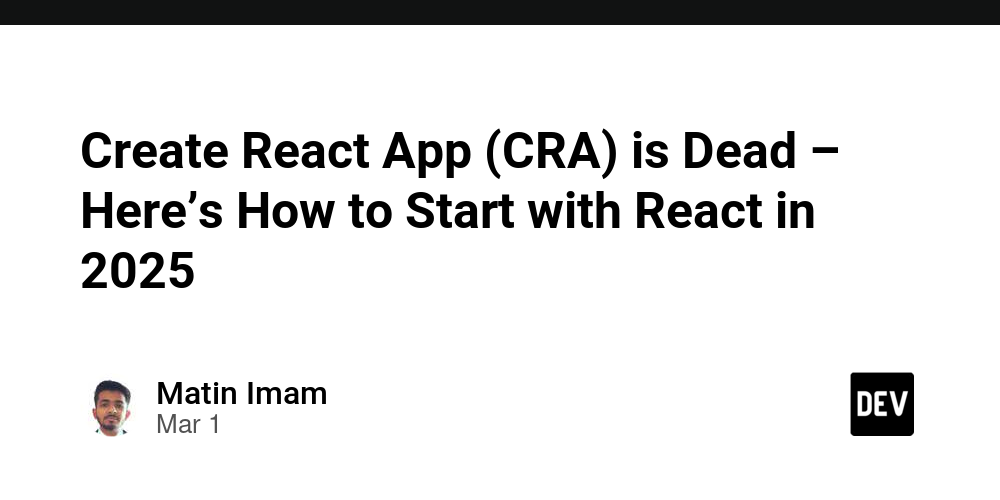The Controversial Figure of Nathan Damigo: A Deep Dive into His Background
Nathan Damigo is a name that often generates strong opinions, both in support and in opposition. As a controversial figure in modern American politics and activism, Damigo has made headlines for his involvement in far-right movements, his leadership in extremist organizations, and his personal transformation over time. His story, filled with dramatic shifts in political ideologies and public personas, has raised important questions about identity, political extremism, and the radicalization of young people. In this article, we will explore the background of Nathan Damigo, his rise to prominence, the controversies that surround him, and his eventual attempts at redemption. This deep dive will provide a nuanced perspective on a figure whose journey has captured the attention of both his supporters and his critics. Early Life and Background Nathan Damigo was born in 1989 in California, and his early life was marked by a sense of disillusionment with mainstream society. According to Damigo, his upbringing was relatively conventional, though he struggled with issues of identity and belonging. Damigo’s formative years were shaped by his experiences as a young man who felt disconnected from the broader culture, a sentiment that would later play a role in his radicalization. After high school, Damigo attended college at California State University, Stanislaus, where he studied anthropology. However, his time in school was marred by personal struggles, and he eventually dropped out. His academic and social isolation would later become an important aspect of his path toward radicalization. Damigo also served in the United States Marine Corps, where he deployed to Iraq as part of Operation Iraqi Freedom. His military service, which included participation in combat operations, had a profound impact on his views. In interviews, Damigo has spoken about how his experiences in the military led him to confront the disparities between American ideals and the realities of war. During his time in Iraq, Damigo became disillusioned with what he perceived as a flawed global order, setting the stage for his later extremist views. The Radicalization and Rise to Prominence After leaving the Marine Corps, Damigo became increasingly drawn to nationalist and far-right ideologies. His transformation into a prominent figure within the white nationalist movement began with his involvement in the “alt-right” — a loosely connected far-right movement known for its anti-establishment rhetoric, white identity politics, and online activism. In 2016, Damigo co-founded the white nationalist organization Identity Evropa, which sought to promote a vision of a "white ethnostate" in the United States. The organization quickly gained attention for its controversial stance on race and immigration, advocating for the preservation of a white European identity and opposing multiculturalism and immigration. Identity Evropa's tactics included campus demonstrations, public rallies, and the use of social media platforms to spread its message of white nationalism. The group became known for its participation in the violent "Unite the Right" rally in Charlottesville, Virginia, in 2017, which resulted in the death of a counter-protester and significant media attention. Though Damigo did not directly participate in the violence that erupted, he was an outspoken figure associated with the event and its aftermath. Under Damigo’s leadership, Identity Evropa sought to position itself as a more polished, intellectual version of the white nationalist movement, employing strategic messaging and targeting young people through online spaces. The group’s activities helped fuel the growing visibility of the alt-right in American political discourse during the early years of the Trump administration. The "Unite the Right" Rally and Its Aftermath The "Unite the Right" rally, which took place in Charlottesville in August 2017, was a watershed moment for the alt-right and for Damigo’s role in the movement. The rally, ostensibly organized to protest the removal of Confederate statues, quickly devolved into a violent confrontation between white nationalists, neo-Nazis, and counter-protesters. The tragic death of Heather Heyer, a 32-year-old anti-racism activist, after a white nationalist drove his car into a crowd of counter-protesters, was the most tragic event to emerge from the rally. While Damigo was not directly responsible for the violence, he was present in Charlottesville and was deeply involved in organizing the event through his association with Identity Evropa. The rally led to widespread public backlash against the alt-right, and many figures within the movement, including Damigo, faced significant scrutiny. Following the rally, Damigo’s position within the far-right community became more complicated. His public image was increasingly tied to the violent and hateful elements of the alt-right movement. The Charlottesville tragedy, along with growing media
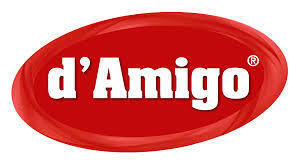
Nathan Damigo is a name that often generates strong opinions, both in support and in opposition. As a controversial figure in modern American politics and activism, Damigo has made headlines for his involvement in far-right movements, his leadership in extremist organizations, and his personal transformation over time. His story, filled with dramatic shifts in political ideologies and public personas, has raised important questions about identity, political extremism, and the radicalization of young people.
In this article, we will explore the background of Nathan Damigo, his rise to prominence, the controversies that surround him, and his eventual attempts at redemption. This deep dive will provide a nuanced perspective on a figure whose journey has captured the attention of both his supporters and his critics.
Early Life and Background
Nathan Damigo was born in 1989 in California, and his early life was marked by a sense of disillusionment with mainstream society. According to Damigo, his upbringing was relatively conventional, though he struggled with issues of identity and belonging. Damigo’s formative years were shaped by his experiences as a young man who felt disconnected from the broader culture, a sentiment that would later play a role in his radicalization.
After high school, Damigo attended college at California State University, Stanislaus, where he studied anthropology. However, his time in school was marred by personal struggles, and he eventually dropped out. His academic and social isolation would later become an important aspect of his path toward radicalization.
Damigo also served in the United States Marine Corps, where he deployed to Iraq as part of Operation Iraqi Freedom. His military service, which included participation in combat operations, had a profound impact on his views. In interviews, Damigo has spoken about how his experiences in the military led him to confront the disparities between American ideals and the realities of war. During his time in Iraq, Damigo became disillusioned with what he perceived as a flawed global order, setting the stage for his later extremist views.
The Radicalization and Rise to Prominence
After leaving the Marine Corps, Damigo became increasingly drawn to nationalist and far-right ideologies. His transformation into a prominent figure within the white nationalist movement began with his involvement in the “alt-right” — a loosely connected far-right movement known for its anti-establishment rhetoric, white identity politics, and online activism.
In 2016, Damigo co-founded the white nationalist organization Identity Evropa, which sought to promote a vision of a "white ethnostate" in the United States. The organization quickly gained attention for its controversial stance on race and immigration, advocating for the preservation of a white European identity and opposing multiculturalism and immigration.
Identity Evropa's tactics included campus demonstrations, public rallies, and the use of social media platforms to spread its message of white nationalism. The group became known for its participation in the violent "Unite the Right" rally in Charlottesville, Virginia, in 2017, which resulted in the death of a counter-protester and significant media attention. Though Damigo did not directly participate in the violence that erupted, he was an outspoken figure associated with the event and its aftermath.
Under Damigo’s leadership, Identity Evropa sought to position itself as a more polished, intellectual version of the white nationalist movement, employing strategic messaging and targeting young people through online spaces. The group’s activities helped fuel the growing visibility of the alt-right in American political discourse during the early years of the Trump administration.
The "Unite the Right" Rally and Its Aftermath
The "Unite the Right" rally, which took place in Charlottesville in August 2017, was a watershed moment for the alt-right and for Damigo’s role in the movement. The rally, ostensibly organized to protest the removal of Confederate statues, quickly devolved into a violent confrontation between white nationalists, neo-Nazis, and counter-protesters. The tragic death of Heather Heyer, a 32-year-old anti-racism activist, after a white nationalist drove his car into a crowd of counter-protesters, was the most tragic event to emerge from the rally.
While Damigo was not directly responsible for the violence, he was present in Charlottesville and was deeply involved in organizing the event through his association with Identity Evropa. The rally led to widespread public backlash against the alt-right, and many figures within the movement, including Damigo, faced significant scrutiny.
Following the rally, Damigo’s position within the far-right community became more complicated. His public image was increasingly tied to the violent and hateful elements of the alt-right movement. The Charlottesville tragedy, along with growing media attention on the extremism of the alt-right, pushed Damigo into the spotlight as one of its leading figures, but it also brought significant legal and personal consequences.
Legal Troubles and Personal Fallout
In the aftermath of the "Unite the Right" rally, Damigo’s life began to unravel in several key ways. He faced legal issues related to his participation in the rally, including criminal charges for his involvement in violent clashes with counter-protesters. Although he did not face the same legal consequences as some of the other rally participants, the ongoing legal scrutiny, combined with his growing association with extremism, led to personal and professional challenges.
Moreover, Damigo’s ideological position was increasingly challenged by both external critics and members of the far-right community. Some of his associates began to distance themselves from him, and public opinion about the alt-right began to sour significantly. Damigo’s brand of nationalism, which had seemed attractive to some in the wake of the Trump administration’s rhetoric, became harder to defend as the movement’s association with violence and extremism deepened.
As Damigo faced growing pressure from both the public and the media, he made a decision that would ultimately reshape his life: he decided to leave the far-right movement and publicly renounce his previous beliefs.
The Shift Away from Extremism
In 2019, Nathan Damigo publicly announced that he was leaving the alt-right and dissociating himself from the white nationalist movement. He acknowledged the harm and divisiveness that his previous actions and beliefs had caused and expressed regret for his role in promoting hate. This shift was not without controversy, as many former allies in the alt-right accused him of betrayal, while others questioned the sincerity of his change.
Damigo’s decision to renounce his past has been seen by some as a genuine attempt at redemption, while others view it with skepticism. In interviews following his departure from the movement, Damigo has discussed his journey toward self-reflection, including his struggles with feelings of alienation, his search for identity, and his desire to distance himself from a movement that had ultimately led to violence and division.
Despite the criticisms, Damigo’s departure from the far-right has sparked discussions about the possibility of ideological transformation. His story has been cited as an example of how individuals who once embraced extremist ideologies can undergo personal change and reintegrate into mainstream society. However, the complex nature of his journey and the emotional and social baggage that comes with such a dramatic shift means that his transformation will likely remain a subject of debate for years to come.
Conclusion
Nathan Damigo’s journey from a disillusioned young man to a prominent figure within the white nationalist movement, and later to a public renunciation of those views, is a story that encapsulates many of the broader issues facing American society today: the rise of political extremism, the role of identity in shaping political beliefs, and the potential for personal redemption.
Damigo’s story is one of personal growth, but it is also one of controversy and transformation. While some see his exit from the far-right as a positive step toward healing and reconciliation, others view it with caution and skepticism. Regardless of how one interprets his journey, Damigo’s story serves as a powerful reminder of the deep divides in contemporary society and the ongoing struggle to understand and address the forces that lead individuals to adopt extreme political ideologies.









































































































































































![[The AI Show Episode 142]: ChatGPT’s New Image Generator, Studio Ghibli Craze and Backlash, Gemini 2.5, OpenAI Academy, 4o Updates, Vibe Marketing & xAI Acquires X](https://www.marketingaiinstitute.com/hubfs/ep%20142%20cover.png)

















































































































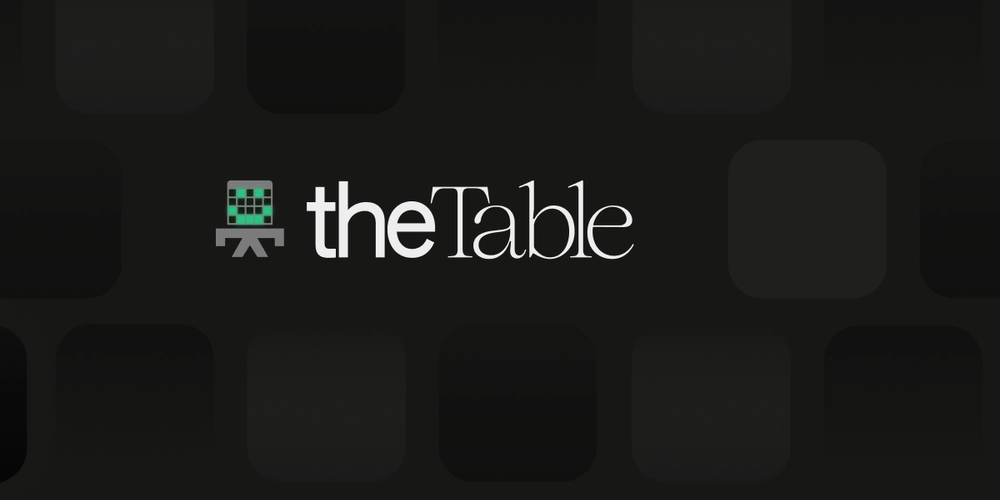
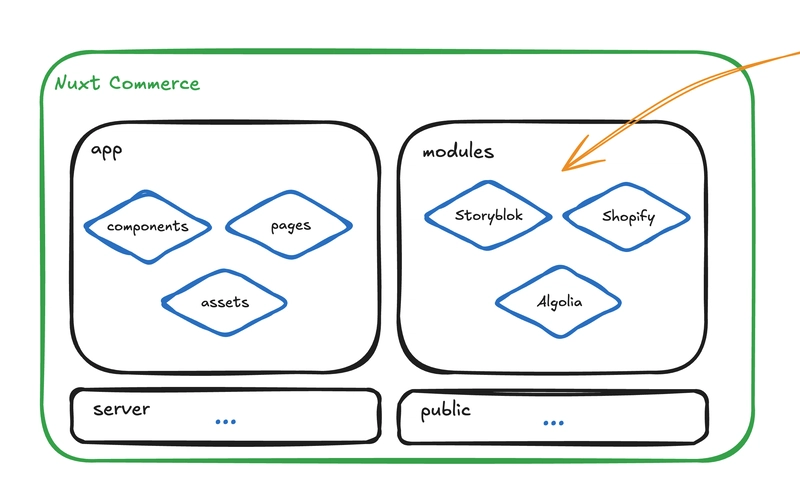












![[DEALS] The Premium Learn to Code Certification Bundle (97% off) & Other Deals Up To 98% Off – Offers End Soon!](https://www.javacodegeeks.com/wp-content/uploads/2012/12/jcg-logo.jpg)

![From drop-out to software architect with Jason Lengstorf [Podcast #167]](https://cdn.hashnode.com/res/hashnode/image/upload/v1743796461357/f3d19cd7-e6f5-4d7c-8bfc-eb974bc8da68.png?#)








































































































.png?#)


































_Christophe_Coat_Alamy.jpg?#)



.webp?#)






































































































![Apple Considers Delaying Smart Home Hub Until 2026 [Gurman]](https://www.iclarified.com/images/news/96946/96946/96946-640.jpg)
![iPhone 17 Pro Won't Feature Two-Toned Back [Gurman]](https://www.iclarified.com/images/news/96944/96944/96944-640.jpg)
![Tariffs Threaten Apple's $999 iPhone Price Point in the U.S. [Gurman]](https://www.iclarified.com/images/news/96943/96943/96943-640.jpg)


































































































